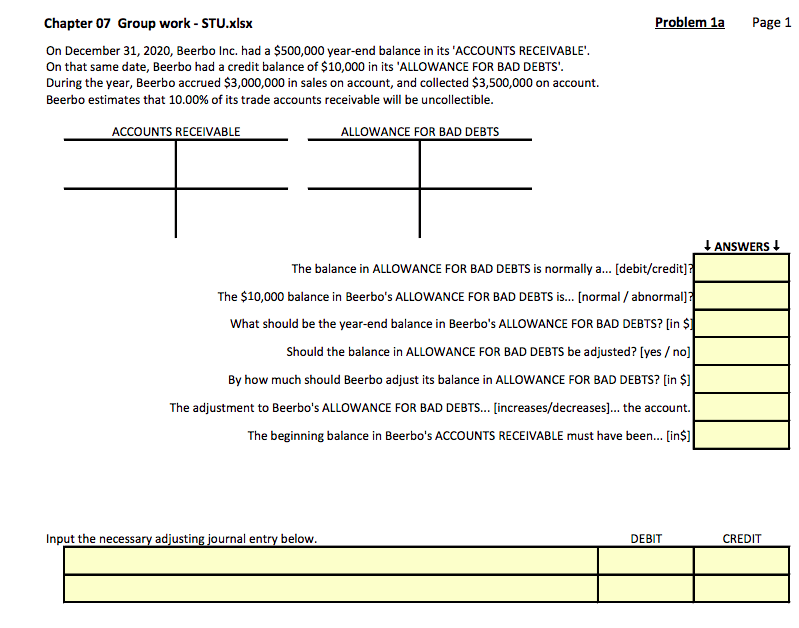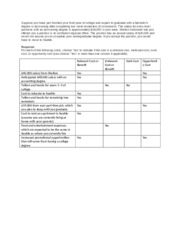Content

The internet enables customers to directly contact product distributers. This has consequently shortened the supply chain by removing some middlemen and encouraged collaboration. As supply chains become more complex, they get longer, and so do processes.

It is the amount of products available on the market at any one time, and is linked to the concept of demand. There are many kinds of supply, including long-term, short-term, elastic, inelastic, and market supply. Ability to research, source and maintain the resources necessary to run a business efficiently. It takes into account management of the suppliers of any raw materials, and the purchasing and upkeep of products or machinery needed to create products. Long-term supplies are those that a supplier can easily adjust when there is a shift on the demand. That is because there is sufficient time to meet market demand.
Composite Supply
That means the supplier can either increase or decrease production depending on consumer actions and market requirements. To better understand this, let’s take a look at the supply curve. This is an upward sloping graph which indicates that, as the price goes up, the amount supplied also increases. The supply curve is derived from the supply schedule, which is a table that shows the relationship between the price of a good or service and the quantity supplied. A supply curve is a representation of the relationship between the price of a good or service and the quantity supplied for a given period of time.
- A single good or service is produced together with another good or service.
- The supply curve is derived from the supply schedule, which is a table that shows the relationship between the price of a good or service and the quantity supplied.
- Previous literature has included only a subset of published SCM definitions.
- Supply is a fundamental economic concept that describes the total amount of a specific good or service that is available to consumers.
- Businesses that inaccurately gauge their supply, demand or capabilities may end up with an overstocked inventory.
- An upward sloping supply curve, which is also the standard depiction of the supply curve, is the graphical representation of the law of supply.
- Coal and natural gas prices are determined by the supply elasticities of their respective resource bases.
The laws impact both supply and demand in the long-run. The amount of some product that producers are willing and able to sell at a given price, all other factors being held constant. Supply of goodsmeans the transfer of the right to dispose of tangible property as owner. VAT is reported by all taxable persons performing a taxable transaction, for instance a supply of goods, and private individuals who makes an taxable intra-Community acquisition. Supply of goodsmeans the transfer of the right to dispose of tangible property as owner.2 Electric current, gas, heat, refrigeration and the like shall be considered tangible property. Materials, provisions, etc. for supplying an army, expedition, a business, etc.; sometimes, specif., provisions for an army other than materiel, vehicles, etc.
The Law of Supply
Instead, at a higher price, more suppliers will be willing to manufacture an item as it becomes more profitable the higher the unit price. It has long been debated why Britain was the first country to embrace, utilize and publish on theories of supply and demand, and economics in general. Supply chains only exist insofar as there is a network, meaning the interconnection of several elements to provide the ability to operate profitably on a large scale. In contrast, one cannot really talk about supply chain for, say, subsistence farming — although goods are definitely handled. Therefore, supply chains entail a real complexity, and SCM is the attempt to control and orchestrate such a complexity in the most profitable manner. An upward sloping supply curve, which is also the standard depiction of the supply curve, is the graphical representation of the law of supply.
What is the definition of supplies in business?
The definition of supply is the quantity of product or service a business has to offer to its client at a particular point in time. For a physical, brick and mortar store this means the inventory a business holds on their premises and within warehouses that it can sell to customers.
Market supply is also known as day-to-day supply or daily supply. It refers to the ability of suppliers to provide the products on a daily basis. Examples of this are fish, wheat, milk and vegetables, among others. definition of supply This type of supply is determined by the availability of goods and not on demand. If the price is lower than the equilibrium price of $4, the quantity demanded is higher and the quantity supplied is lower.
Your life
Consider a product where a sudden surge of demand causes the price to increase by 10%. Suppliers of that product may start producing more of that product in order to take advantage of higher profit margins. If the supply available increases by more than 10%, the good is considered elastic. If the supply increase is lower than 10%, it is considered relatively inelastic. In the formula above, ‘Qs’ the units supplied, ‘x’ is the quantity of units, ‘p’ is the price of each unit, and ‘y’ is the level of activity in the market.
- Whether it is shortages of specific goods or delays in the delivery process, a company can only make a product if it has the consumable goods to convert into a final product.
- At low hourly rates, Jane is willing to babysit, but not that often—more as a neighborly gesture than as an income-generating venture.
- The process or system by which something is provided to a person, place, etc.
- In contrast, species relying on more permanent food supplies were present all years.
- Manufacturers are often limited by the products used in the manufacturing process.
- Global supply chain finance is another important concept related to supply in today’s globalized world.